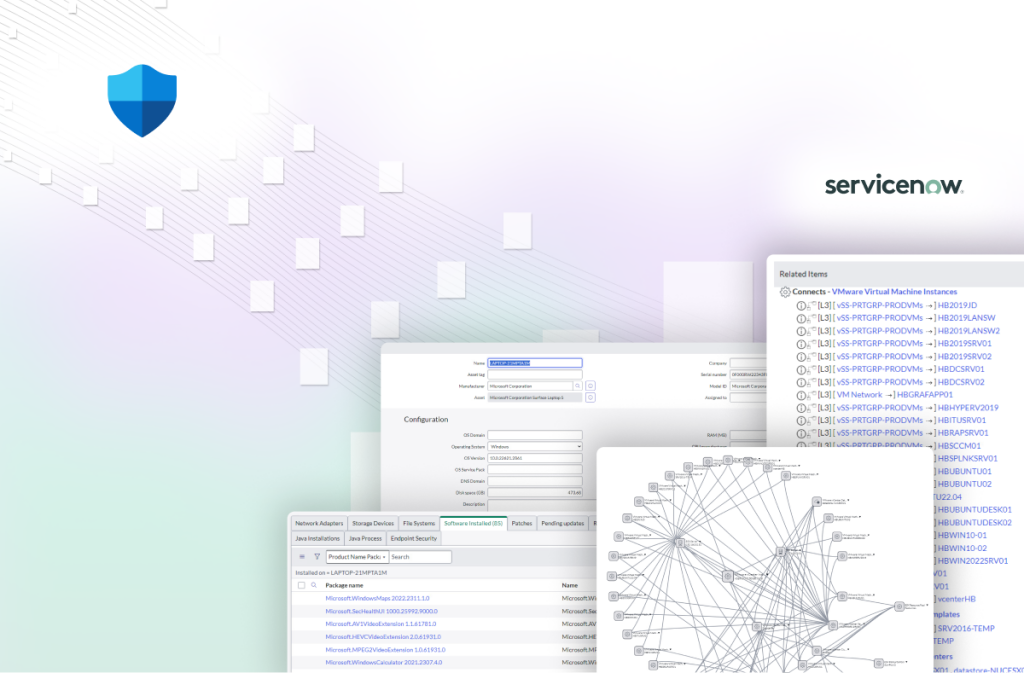The Microsoft Defender for Endpoint Vulnerability Management dashboard within the Microsoft Defender portal provides security administrators and security operations teams with security recommendations, software vulnerabilities, remediation activities and exposed endpoint devices.
The CI Sync Microsoft Defender for Endpoint connector retrieves endpoint devices and their associated vulnerabilities (CVEs) and populates this information into Configuration Management Database (CMDB) enabling organisations to visualise their endpoint exposure. In addition, organisations can use ServiceNow to generate remediation tasks to create end-to-end CVE remediation workflows.


























